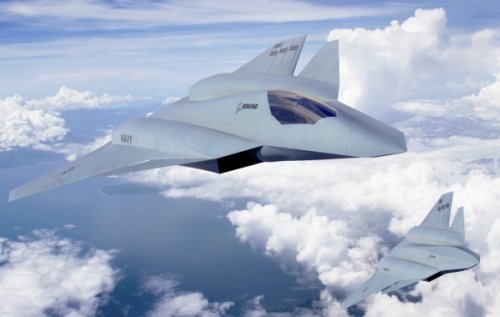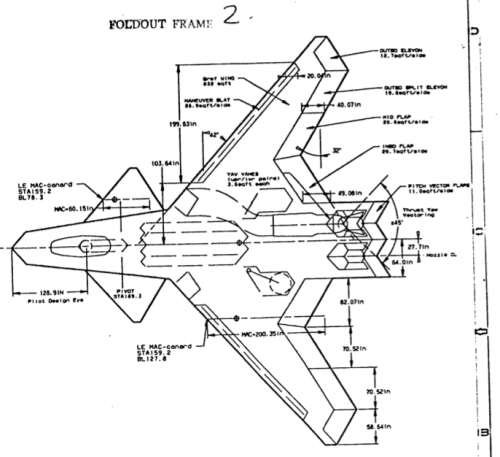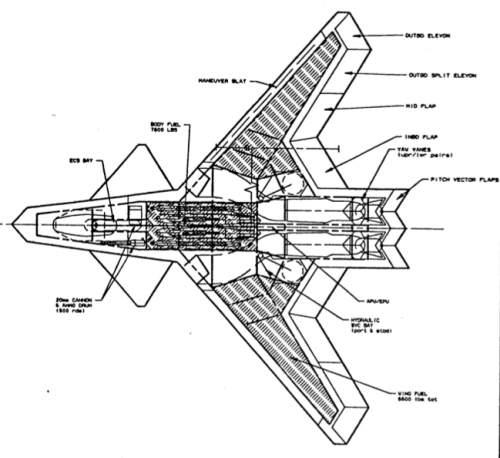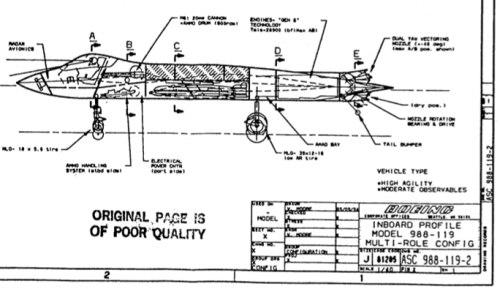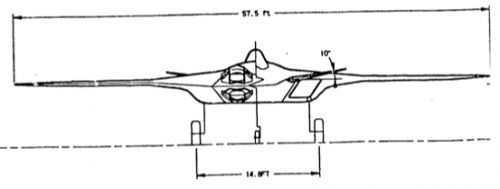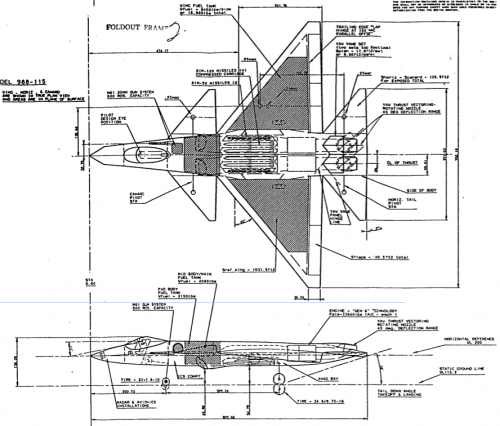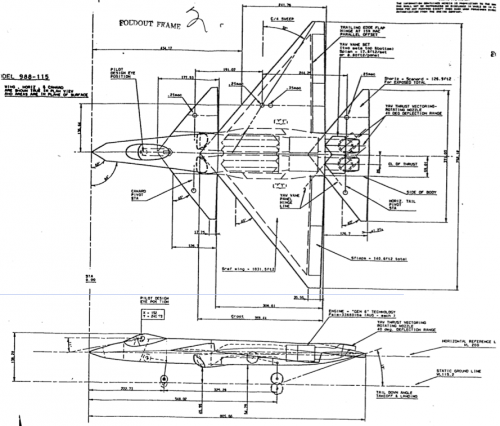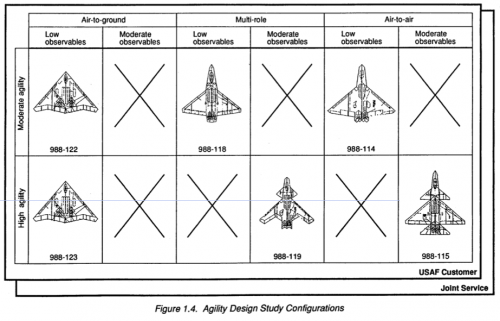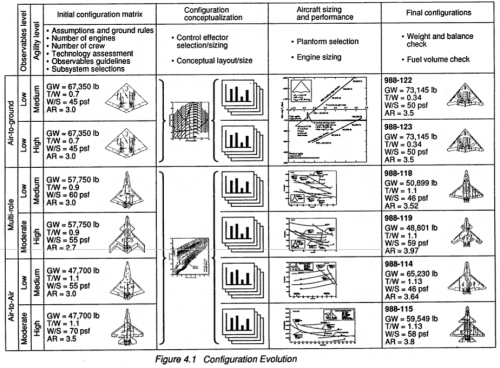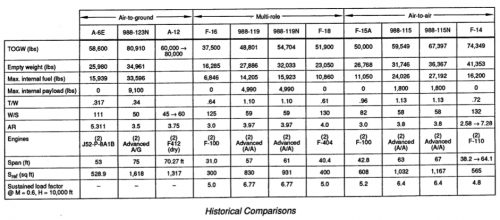Boeing is unveiling an updated version of its F/A-XX sixth-generation fighter concept at the Navy League's Sea-Air-Space Exposition in Washington DC this week.
The tail-less twin-engine stealth fighter design comes in "manned and unmanned options as possibilities per the US Navy," Boeing says. The design features diverterless supersonic inlets reminiscent of those found on the Lockheed Martin F-35 Joint Strike Fighter. New FA-XX-1200.jpg
The Boeing concept also features canards, which is somewhat of a surprise because the motion of those forward mounted control surfaces is generally assumed to compromise a stealth aircraft's frontal radar cross-section. But the lack of vertical tail surfaces suggests the aircraft would be optimized for all-aspect broadband stealth, which would be needed for operations in the most challenging anti-access/area denial environments.
Also of note in the manned version of the company's F/A-XX concept is the placement of the cockpit--rearward visibility appears to be restricted without the aid of a sensor apparatus similar to the F-35's distributed aperture system of six infrared cameras.
The Boeing F/A-XX concept is a response to a USN request for information (RFI) from April 2012 soliciting data for a replacement for the service's Boeing F/A-18E/F Super Hornet and EA-18G Growler fleets in the 2030s. The Super Hornet fleet is expected to start reaching the end of the jet's 9000h useful lifespan during that time period.
"The intent of this research is to solicit Industry inputs on candidate solutions for CVN [nuclear-powered aircraft carrier] based aircraft to provide air supremacy with a multi-role strike capability in an anti-access/area denied (A2AD) operational environment," the navy RFI had stated. "Primary missions include, but are not limited to, air warfare (AW), strike warfare (STW), surface warfare (SUW), and close air support (CAS)."
Navy leaders had said at the time that they expect any new F/A-XX design to have greatly increased range and offer far superior kinematic performance compared to existing tactical aircraft.

